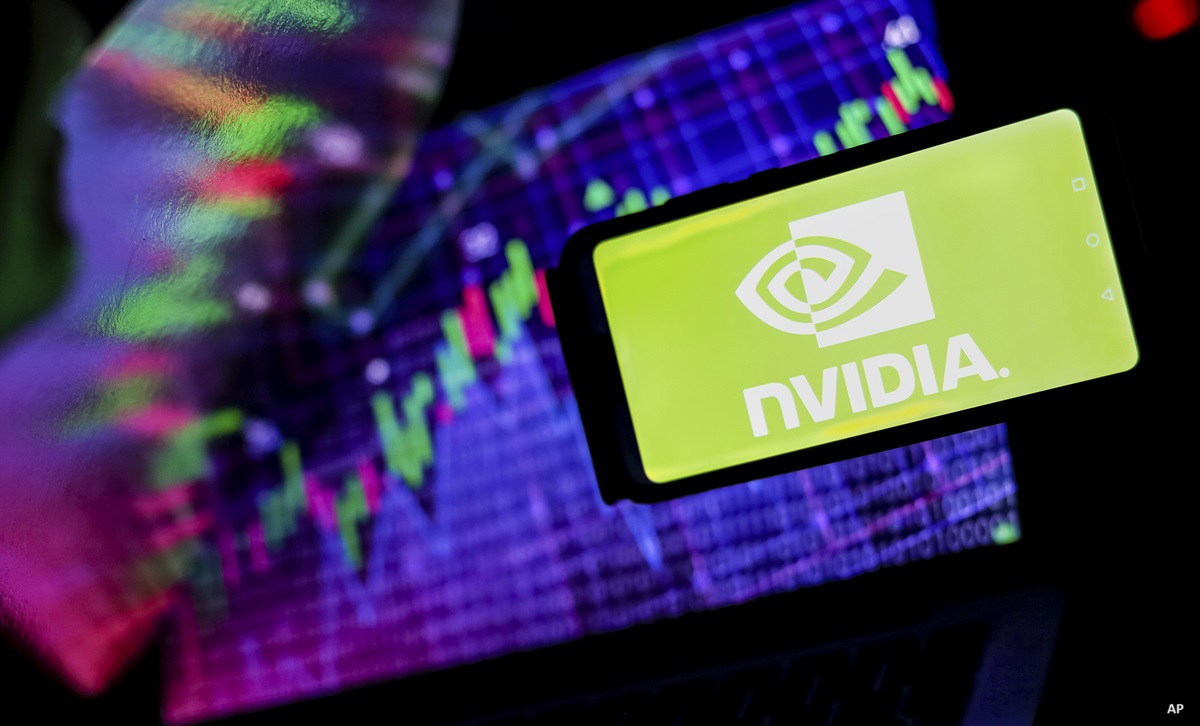Once much maligned for the sub-prime mortgage meltdown that triggered the 2008 global financial crisis, big U.S. banks have staged an impressive market rebound since then. The KBW Bank Index, which tracks large-cap bank stocks, is up 215% including dividends since the March 2009 bottom. This is in line with the benchmark S&P 500, which is up 213%. Yet there is still considerable room for bank stocks to run, says Michael Mattioli, managing director and portfolio manager with Boston-based Manulife Asset Management (US) LLC.
"The valuation gap differs for each bank, but on average we believe there is 25% upside. Put another way, they are trading on average at about 80 cents on the dollar to their base-case intrinsic value," says Mattioli, a member of the team that manages Manulife U.S. Large Cap Equity. "Typically, when we look for a thesis, we like it when there are a number of things that can go right. This is a situation where this is definitely the case."
First, Mattioli points to strong loan growth. "Long-term, it should grow roughly in line with nominal GDP, which should track roughly 5%. Between 2009 and 2013, loans actually contracted at a 2% annual rate. But over the past year, loan growth has come in at 6%, so it's come up quite a bit," says Mattioli, a 10-year industry veteran who shares duties with senior managing directors Sandy Sanders and Walter McCormack. "It could actually accelerate from here as commercial and consumer creditors gain confidence in the recovery. In addition, consumers and certain corporate borrowers are relatively under-levered, compared to long-term averages. They can take on more leverage."
Second, interest rates are poised to rise, which augurs well for banks. "It's a case of when and not if," says Mattioli, referring to the Federal Reserve's expected decision. Moreover, he notes that bank balance sheets are currently positioned in a state of asset sensitivity, where assets will re-price faster than liabilities. "In the case of Bank of America, for instance, every 100-basis-point increase in the yield curve would increase net interest income by about US$4.5 billion, most of which would fall to the bottom line."
Third, Mattioli argues that history shows the more severe the credit downturn, the better the duration and magnitude of the credit up-cycle. "Our research shows that the greater the downturn, the more strict banks and their underwriters become in the quality of credit they give out," says Mattioli, adding that a similar pattern was evident in the early 1990s when an 18-month downturn was followed by a lengthy rebound. "That's why loan growth has been weak for the last seven years. But we're in the middle innings as far as the credit cycle is concerned."
Fourth, Mattioli points out that the slowdown has forced banks to rein in expenses. "This has led to leaner organizations that can drop more revenue to the bottom line as growth metrics approach mid-cycle levels."
Fifth, regulatory pressure has led to better so-called Tier One common-equity ratios, which have gone from 4% to 11% since 2008. "One of the positives that emerged from the crisis is a much safer and sounder environment for financial institutions."
The sixth factor revolves around litigation, which has forced banks to pay multi-billion-dollar penalties to governments and private investors. "Most of the issues are behind them," says Mattioli. "But we go an extra step because we want to remain conservative. So we build into our models yearly buffers that assume some future litigation. We're just erring on the side of caution. If we still come up with intrinsic values that are attractive, then we feel more comfortable."
As an investor who focuses on the fundamentals and takes a three- to- five-year horizon, Mattioli likes stocks such as ![]() Bank of America Corp (BAC), which he believes is trading at a 30% discount. One key factor is that the cost of expenses incurred from litigation surrounding bad loans from its Legacy Asset & Servicing unit should decline from US$1 billion a quarter to US$500 million. The result is that "US$2 billion in savings will go to the bottom line." Moreover, Mattioli cites the bottom-line improvement should interest rates start to rise.
Bank of America Corp (BAC), which he believes is trading at a 30% discount. One key factor is that the cost of expenses incurred from litigation surrounding bad loans from its Legacy Asset & Servicing unit should decline from US$1 billion a quarter to US$500 million. The result is that "US$2 billion in savings will go to the bottom line." Moreover, Mattioli cites the bottom-line improvement should interest rates start to rise.
In a similar vein, he likes ![]() JPMorgan Chase & Co (JPM). Last year, the bank earned an adjusted US$5.80 a share. However, based on normalized earnings, Mattioli believes the bank would earn US$8 a share. "We don't think this is being priced into the shares today. The market is pricing in returns on equity around 8%. But in about two years, these banks should have ROEs in the 11% to 12% range."
JPMorgan Chase & Co (JPM). Last year, the bank earned an adjusted US$5.80 a share. However, based on normalized earnings, Mattioli believes the bank would earn US$8 a share. "We don't think this is being priced into the shares today. The market is pricing in returns on equity around 8%. But in about two years, these banks should have ROEs in the 11% to 12% range."
Mattioli admits there are risks on the downside. One of them is the possibility that higher interest rates may be long in coming. "The longer they stay at this low level, the worse it is for bank net-interest margins." Moreover, unforeseen regulatory requirements could adversely impact banks. "If they need to hold even more equity capital, which would lower their leverage ratios, it could depress returns."
Still, Mattioli is convinced that some factors can work in their favour, which would be enough to support their case. "The thesis is not just dependent on one item going our way. Even if only two or three items go our way, then we will still do well in owning large-cap banks at these levels."

















